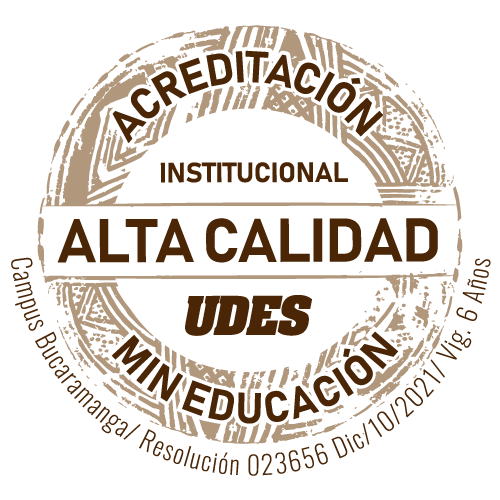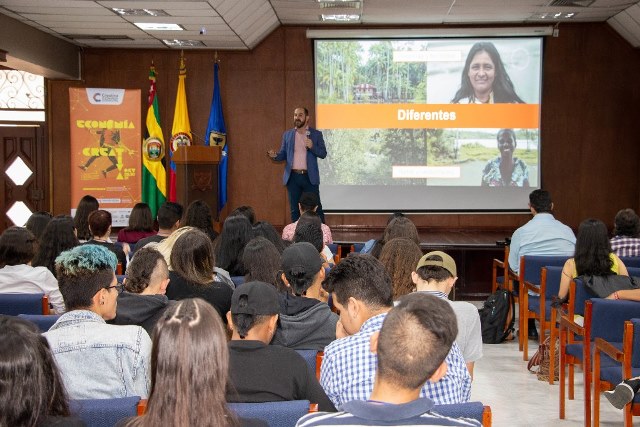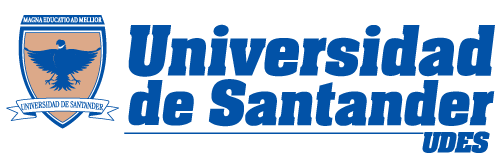LA UDES PUBLICA
- Fecha de publicación:
- 2021-04-27
- Tipo:
- Article
- Identificación:
- SCOPUS_ID:85105084953
- eID:
- 2-s2.0-85105084953
- Nombre de la revista:
- ACS Omega
- Autor(es) UDES:
- Sanchez-Galvis E.M.
- Otros Autores:
- Zuorro A., Leal-Jerez A.G., Morales-Rivas L.K., Mogollón-Londoño S.O., García-Martínez J.B., Barajas-Solano A.F.
- Autor Principal:
- Zuorro A.
- Áreas del conocimiento:
- Chemistry (all), Chemical Engineering (all)
Cuartil
Q1
- Ranking
- 7168
- Tipo
- Journal
- eISSN
- 24701343
- Región
- Northern America
- País
- United States
- Volumen
- 6
- Rango de páginas
- 10527-10536
- Cobertura
- 2016-2022
Bogotá
Cra. 14 N° 80-35
PBX: (+57) (601) 6914004
Línea Directa Interesados Programas: (601) 6914104
Horario de Atención: lunes a viernes de 7:00 a.m - 12:00 m. y de 2:00 p.m a 6:00 p.m
Pregrados
Universidad de Santander UDES. Vigilada Mineducación.
Resolución otorgada por el Ministerio de Educación Nacional: No. 6216 del 22 de diciembre de 2005 / Personería Jurídica 810 de 12/03/96.
Institución sujeta a inspección y vigilancia por el Ministerio de Educación Nacional. Resolución 12220 de 2016.
Notificaciones administrativas y judiciales:
Copyright © 2021 - Todos los derechos reservados

































